Knowledge about the realm of cybercrime!
 Ninad Ingale
Ninad Ingale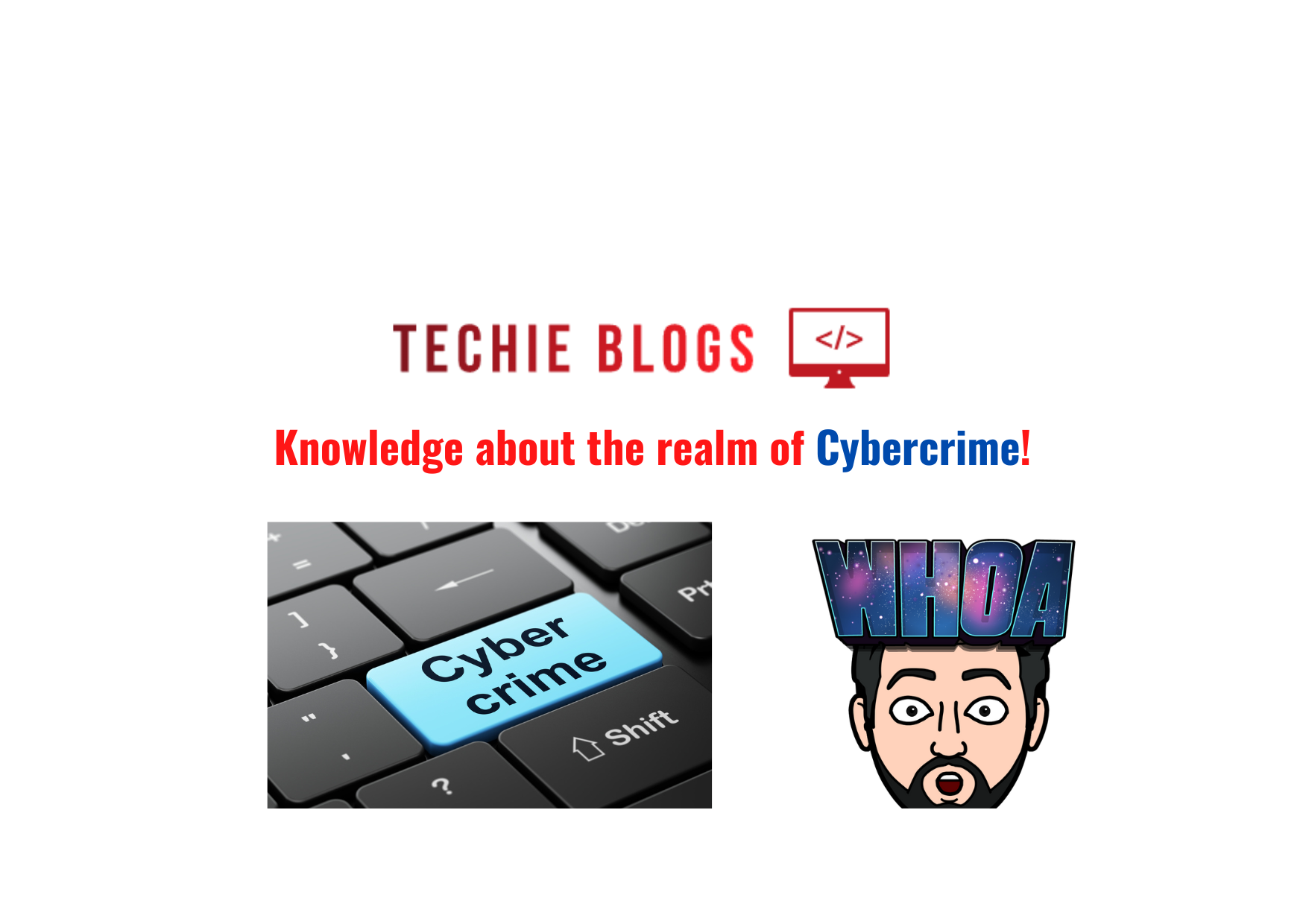
Amateurs hack systems, professionals hack people. --- Bruce Schneier

The world is now more networked digitally than ever before. Criminals target loopholes in online systems, networks, and infrastructure by taking advantage of this online shift. Governments, companies, and people throughout the world are all significantly affected on an economic and social level.
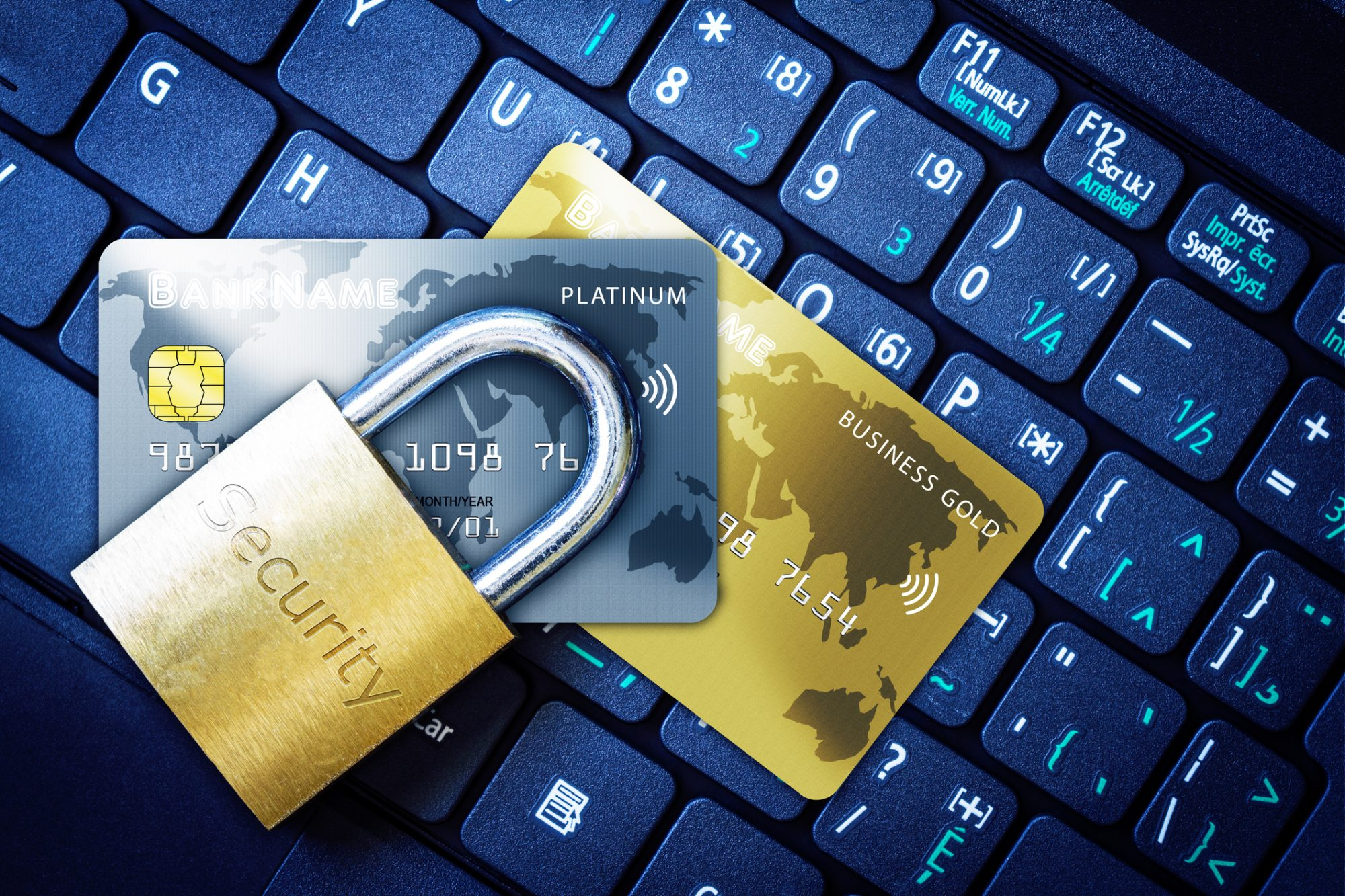
Data breaches, ransomware, and phishing are only some few instances of modern cyberthreats, and improved strains of cybercrime are always evolving. Cybercriminals are becoming more coordinated and nimble, taking advantage of new technology, customizing their assaults, and forming novel partnerships. National borders are no barrier to cybercrime. Investigations and prosecutions are complicated by the fact that criminals, victims, and technological infrastructure are spread across several jurisdictions.
Let us now discuss more about cybercrimes and cybercriminals in detail.
Cybercrime: What is it?
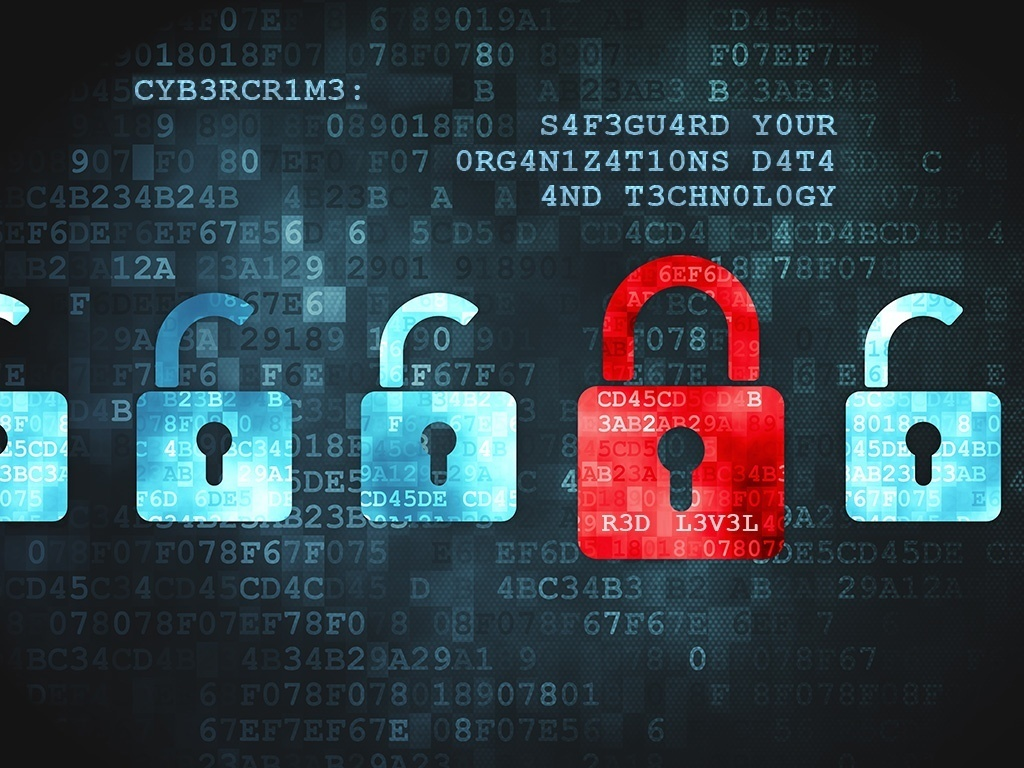
Cybercrime refers to any illegal behaviour that involves, targets, or somehow tends to involve a computer, computer network, or networked device.

Despite the fact that the majority of cybercrimes are committed with the intention of making money for the perpetrators, others are committed specifically against computers and perhaps other electronic equipment with the intention of harming or incapacitating them. Others disseminate viruses, illicit information, photos, or other materials via computers or networks. Several cybercrimes carry out both of these actions; they target computers in order to infect them with a virus, which is subsequently transferred to more machines and, occasionally, whole networks.
Financial loss is one of cybercrime's main effects. Ransomware assaults, email and internet fraud, identity fraud, along with efforts to steal financial account, credit card, or other payment card information, are just a few examples of the numerous profit-driven criminal activities that can be characterized as cybercrime. Confidential details about a person or company data may be targeted by cybercriminals for theft and sales. Due to the pandemic's widespread remote work practises, it's going to be more crucial than ever to preserve backup data in 2021 as cybercrimes are predicted to increase in regularity.
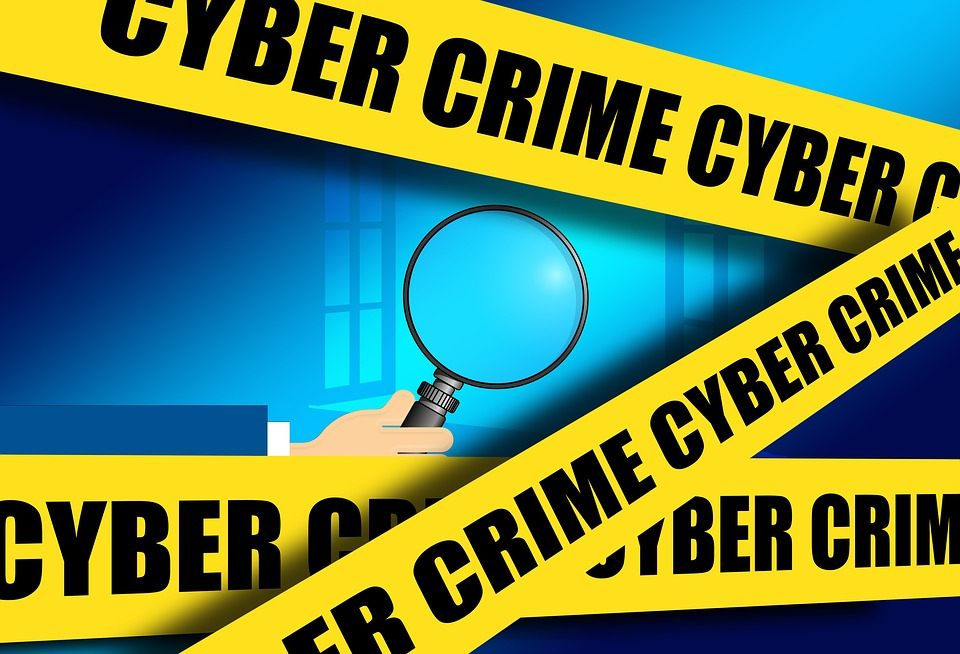
How cybercrime functions

Attacks by cybercriminals can start everywhere there is digital data, opportunity, or motivation. From a single user engaging in online bullying to state-sponsored entities like China's intelligence services, cybercriminals come in many shapes and sizes.
Broadly speaking, cybercrimes don't happen in a vacuum; rather they have quite a dispersed nature throughout many ways. That is, to carry out the crime, cybercriminals frequently rely on other individuals. It doesn't matter if it's a state threat actor employing technological subcontractors to steal intellectual property or a malware developer using the dark web to sell code, illegal drug dealers utilising cryptocurrency brokers to store virtual cash in escrow, or hackers selling malware using the dark web (IP). Cybercriminals employ a variety of attack vectors to carry conduct their cyberattacks and are continuously looking for new strategies to accomplish their objectives without being discovered and apprehended.

Malware and other types of software are frequently used by cybercriminals to carry out their actions, but social engineering is frequently a crucial step in the execution of the majority of cybercrimes. Another significant element of many forms of cybercrime is phishing emails, but this is particularly true for targeted assaults like business email compromise (BEC), in which the attacker strives to pose as the company owner via email in order to persuade staff to pay for fictitious invoices.
Cybercriminals: Who are they?

Cybercriminals are people or groups of people who utilise technology to engage out nefarious acts on digital networks or systems with the goal of profiting from the theft of confidential business information or personal data. Hacking tools and stolen data are just a couple of the nefarious commodities and services that cybercriminals are known to trade on the deep web's underground markets. Underground cybercrime markets are known to specialise in particular goods or services.
It's not like all hackers are cybercriminals since hacking is not always considered a crimes. Hackers simply look for novel and creative methods to use a system, be it for good or evil, whereas cybercriminals hack and penetrate computer systems with nefarious purpose.
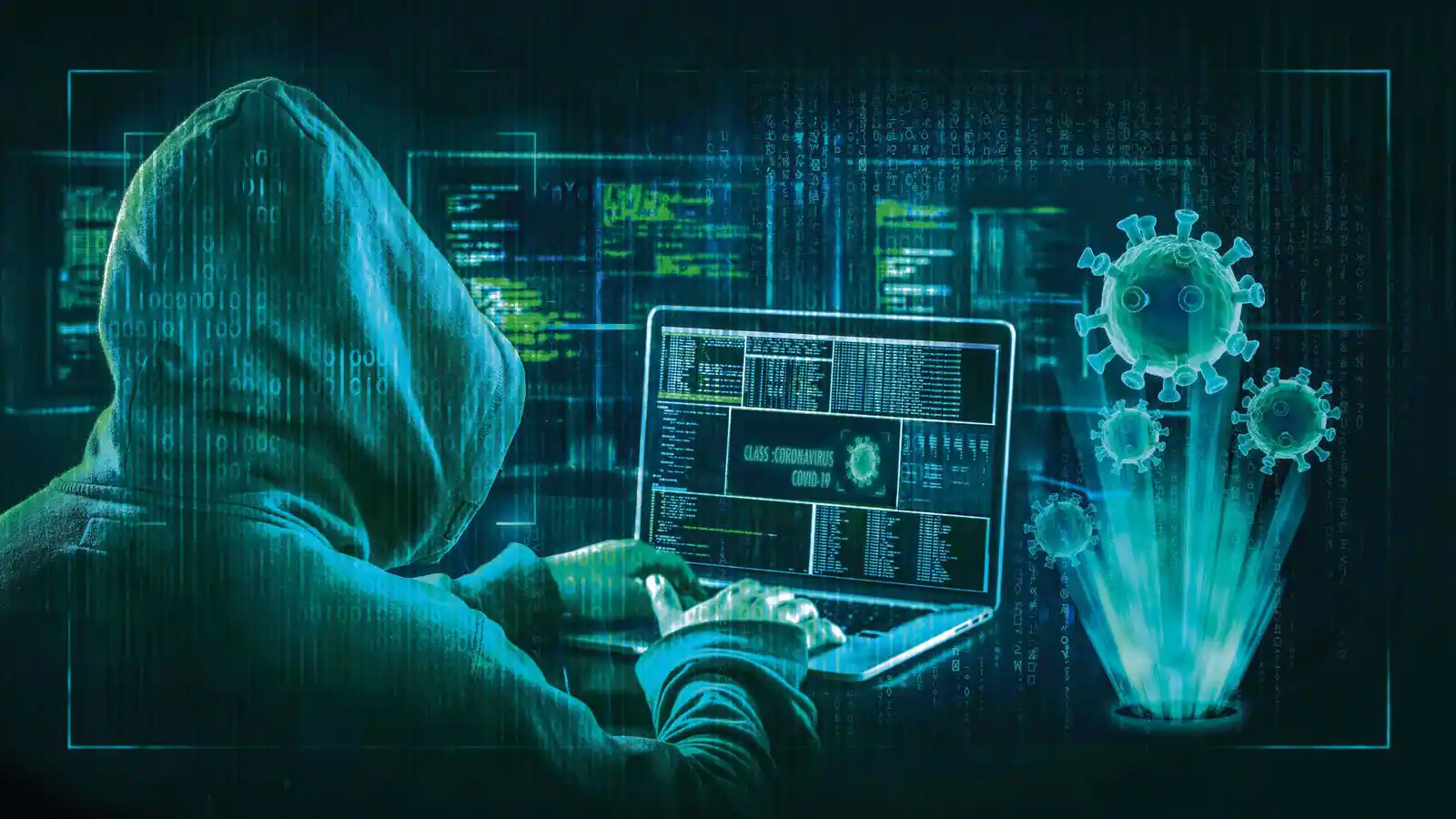
Intention is the first way that cybercriminals differ significantly from threat actors. Threat actors are those who launch targeted assaults that actively seek and compromise the infrastructure of a target entity. Cybercriminals seldom target a single target; instead, they operate on large populations of victims who are simply comparable in terms of their platform kinds, online activity, or software applications. Second, they operate differently in terms of how they carry out their business. In a six-step procedure, threat actors move laterally within a network and do target research. In contrast hand, cybercriminals are reluctant to accept predetermined processes to obtain what they desire from their victims.
Classifying cybercrime

There are many distinct kinds of cybercrime, as was already explained. Although the means by which cybercriminals want to be compensated might vary, the majority of cybercrimes are committed with the expectation of financial benefit by the attackers. The following are some distinct forms of cybercrimes:
Cryptojacking
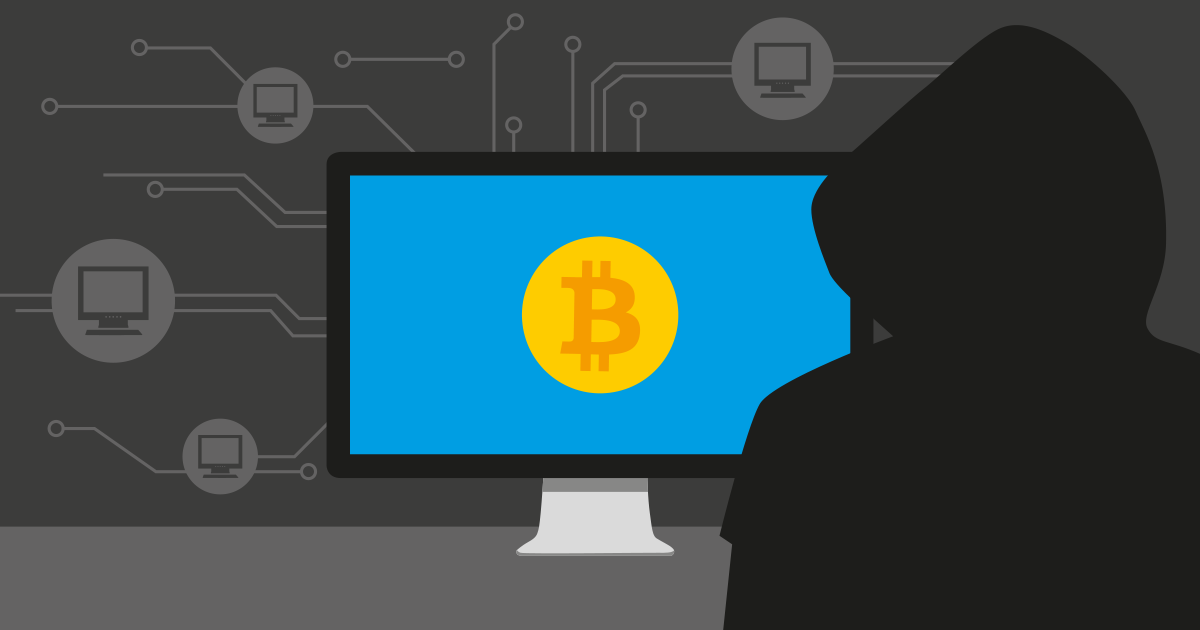
An exploit known as "cryptojacking" employs programmes to mine cryptocurrency inside of users' browsers without their knowledge or permission. The victim's computer may be loaded with bitcoin mining software as part of a cryptojacking assault. Nevertheless, a lot of assaults rely on JavaScript code that performs in-browser mining if the user has a tab or window open in their browser that is directed to a rogue website. Since the in-browser mining code is already activated when the infected website is loaded, no malware needs to be installed.
Credit card fraud

A cyberattack that takes place when hackers get into merchants' networks to obtain consumers' financial and/or credit card information. Darknet marketplaces allow for the wholesale purchase and sale of stolen payment cards, which hacking organisations may benefit from by selling to lower-level cybercriminals who utilize the cards to commit individual account credit card fraud.
Cyberespionage
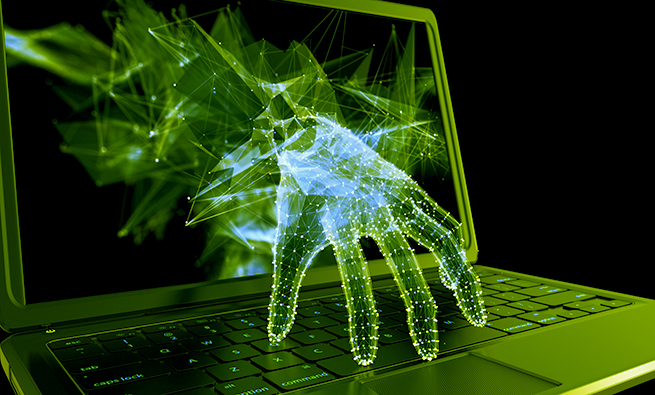
A cybercrime when a hacker infiltrates networks or systems to access private data kept by a government or other institution. Profit or ideology may be the driving force behind an attack. Cyberespionage operations can include all forms of cyberattacks to collect, edit, or delete data, along with the use of network-connected devices, such webcams or closed-circuit TV (CCTV) cameras, to spy on a targeted person or group, and monitoring communications, including emails, text messages, and instant chats.
Cyberextortion

Committing a crime that involves an assault or threat of an assault along with a demand for money to put a halt to the attack. The use of ransomware is one type of cyberextortion. Here, the hacker accesses a company's networks and encrypts any potentially valuable papers and files, rendering the information unavailable until a ransom is paid. Typically, this takes the form of a cryptocurrency like bitcoin.
Data diddling
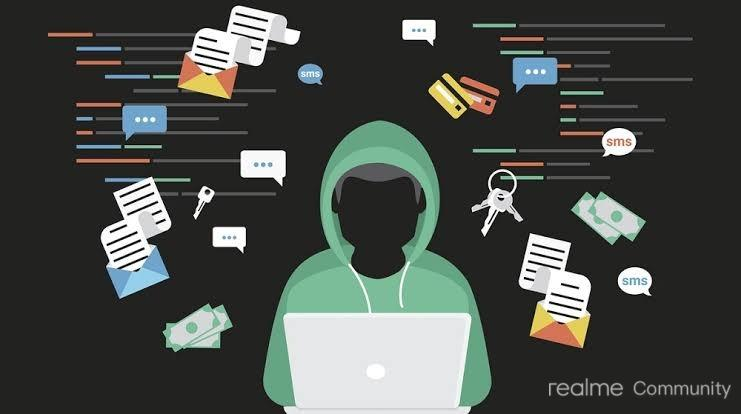
Data fiddling is a type of computer fraud in which numbers are purposefully fabricated during data entry. When submitting tax returns or other financial papers, it frequently entails inflating or understating revenue or costs in order to benefit a business or a specific person. By deploying malware or hacking, this action can be carried out either remotely or manually by a person working in data input. Data tampering is a type of cybercrime that can result in severe penalties or even jail time.
Spamming

Spamming is the practice of sending unwanted mass communications to anybody and everyone without their consent through electronic messaging platforms like email and other digital delivery methods. Spamming also refers to unwanted fax transmissions, television advertising, online forums, instant messaging, mobile text messages, spreading network spam, and junk faxes.
Salami Attack

Cybercriminals frequently utilise salami attacks as a means of committing financial crimes. One at a time, thieves take resources or money from bank accounts on a system. When a number of smaller strikes combine to create a stronger attack, this attack happens. Due to this kind of cybercrime, assaults like this regularly go unnoticed. Anyone found responsible for such an assault will be punished in accordance with Section 66 of the IT Act. Salami assaults come in two main flavours: salami slicing and penny shaving.
Forgery

White-collar crime known as "Forgery" typically describes the fabrication or significant modification of a legal document with the goal to deceive someone (other than themself). In certain countries, it may be illegal to tamper with a specific legal document, but this is not the same as forgery unless the altered document was actually used to commit the crime of fraud against another person or organisation. Copies, copies created in a studio, and reproductions are not regarded as forgeries, however they can subsequently turn out to be false statements made with knowledge and malice.
Computer sabotage

Computer sabotage refers to purposeful attempts to take down computers or networks in order to disrupt business, education, or leisure for personal gain, carry out espionage, or support illegal activities like drug and people trafficking. The Federal Bureau of Investigation claims that computer sabotage results in legal expenditures of billions of dollars to reclaim losses like identity theft and to rebuild crucial infrastructure that backs up hospitals, banks, and 911 systems.
Cyberdefamation
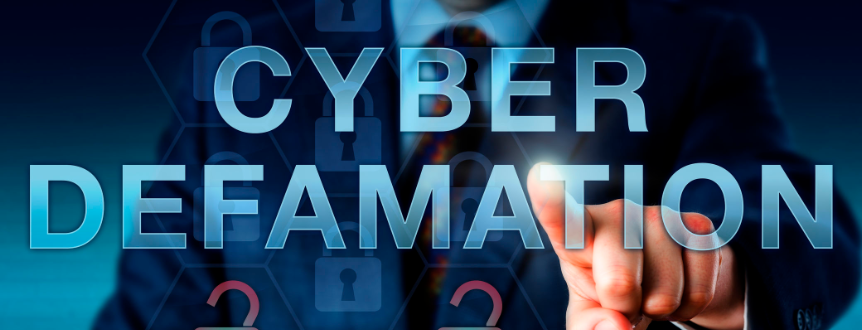
First we will understand the meaning of "defamation".
A false remark that causes "damage to a person's reputation" is referred to as "defamation." One may file a defamation lawsuit if someone harms another person's reputation by "slander" or "libel." Libel is a "false published or written statement by injuring someone's reputation," whereas slander is "the crime of damaging someone's reputation via false spoken statement."
In the realm of the internet and its users, cyberdefamation is sometimes referred to as internet defamation or online defamation. Although it's a relatively new idea, cyber defamation essentially defames a person through a new media. The use of computers and the internet to disparage a person's reputation is a common practice. Cyber defamation occurs when someone makes false statements about another person and posts or publishes them online or through emails with the goal of harming the person about whom the false statement was made. Due to the public nature of the material and the ease with which anybody may access it, online defamation of individuals is both common and irreplaceable. The general welfare of the community is impacted by cyberbullying.
Software piracy
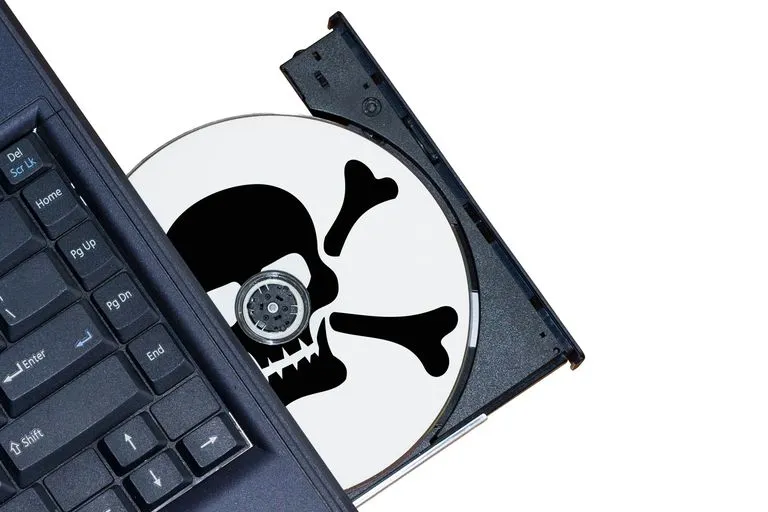
Software piracy is the unlicensed, whether deliberate or not, copying, sharing, selling, or usage of software. Examples of software piracy include actions like an end user installing a single-use licence across numerous computers, a tourist purchasing a pirated copy of a piece of software in the Far East, or the widespread circulation of unlawfully obtained software.
Password Sniffing Attack

User names and passwords are stolen from the network using a technique known as password sniffing, which is an Internet attack. Since the majority of protocols now employ robust encryption for passwords, it is largely of historical importance nowadays. However, in the 1990s, when news of significant password sniffing attacks was virtually weekly, it used to be the biggest security issue on the Internet. SSH, which replaced a number of earlier unsafe protocols, essentially resolved the password sniffing issue. This attack is less effective because many other protocols have included password encryption or at least hashing. Replay attacks and other credentials-stealing techniques are still often utilised, nonetheless. Today, man-in-the-middle attacks are often employed to acquire credentials and passwords.
In the world of cybercrime, there are many distinct attacks. However, I skipped a lot of them so as not to overly bore you. I would absolutely provide you some details on such attacks if you want me to.
Typical instances of cybercrime
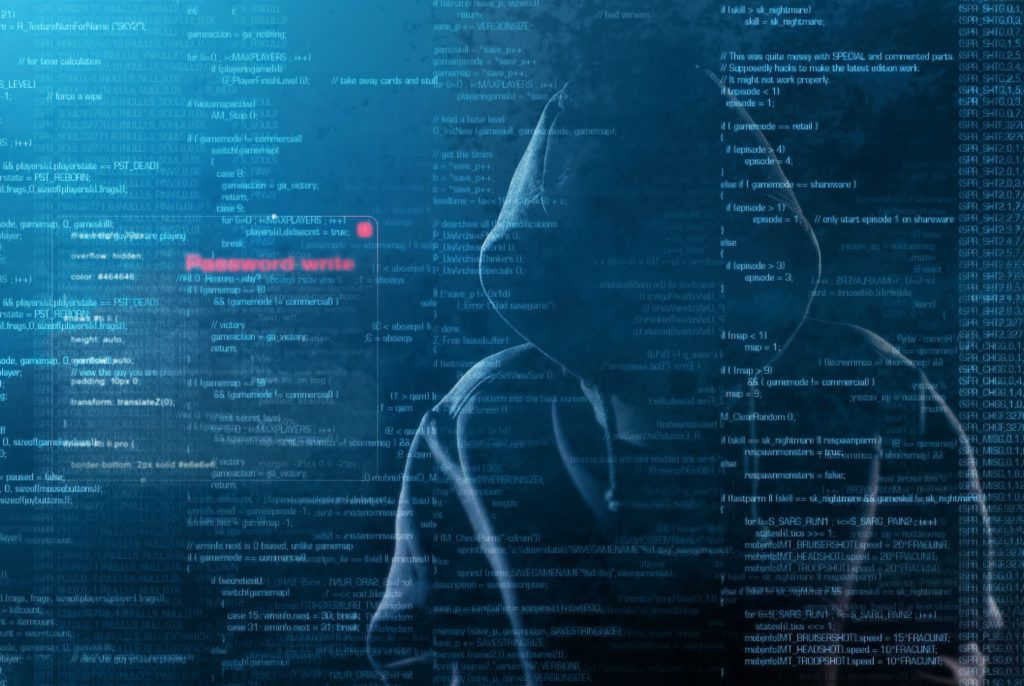
DDoS (distributed denial-of-service) attacks, which are frequently used to bring down systems and networks, are among the more frequently observed cybercrime attacks. By overloading a network's capacity to react to connection requests, this kind of attack turns the network's own communications protocol against it. DDoS assaults can be conducted out maliciously or as part of a cyberextortion plan, but they can also be employed to divert attention away from another concurrent attack or vulnerability on the victim organisation.
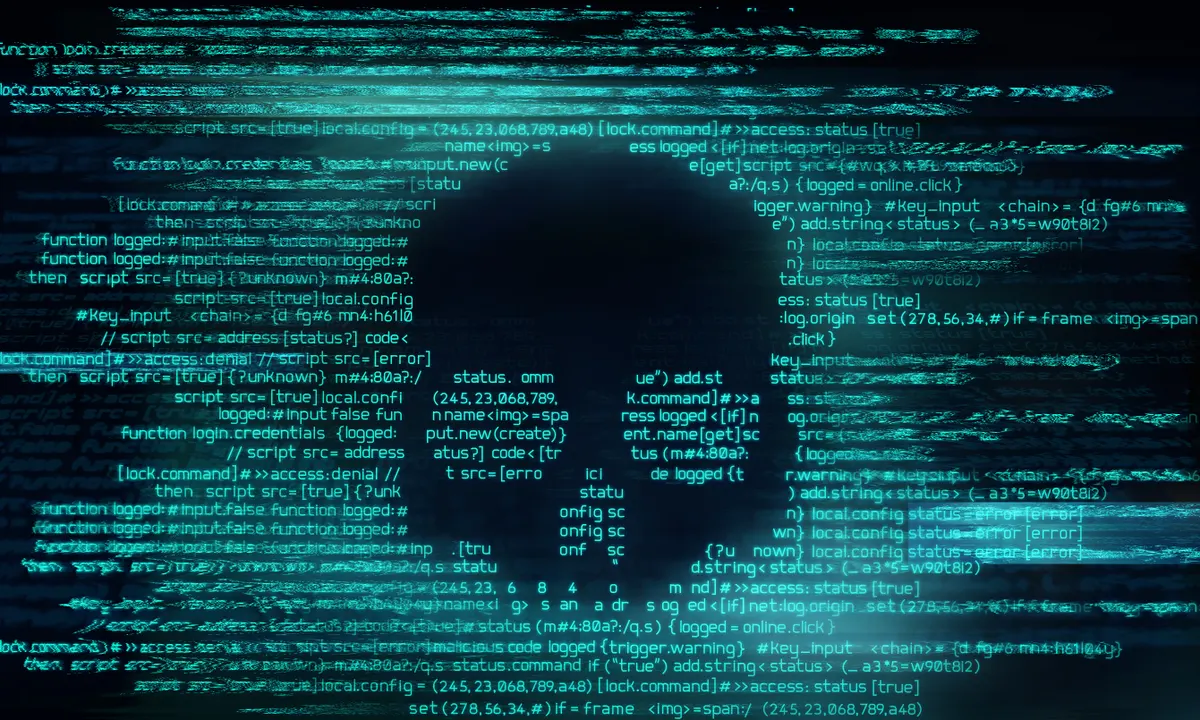
An example of an assault used to harm the system or users is infecting networks and systems with malware. Damage to the system, its software, or the data it stores is one way to do this. Similar to other assaults, ransomware shuts down or encrypts target computers until a ransom is paid. Campaigns including phishing are used to access business networks. This may be done by sending phoney emails to corporate users and persuading them to open attachments or click on links that infect their computers with malware or distribute it to their networks.

Additionally, hackers may try to take over a website to alter or remove information, gain unauthorised access to, or manipulate databases. For instance, an attacker may employ a Structured Query Language (SQL) injection vulnerability to inject malicious script into a website, which could then be used to exploit the vulnerabilities in the website's database, permitting a hacker to acquire and manipulate with records or obtain unauthorised access to sensitive information and data, including such customer passwords, credit card numbers, personally identifiable information (PII), trade secrets, and intellectual property (IP).
Best ways to stop cybercrime
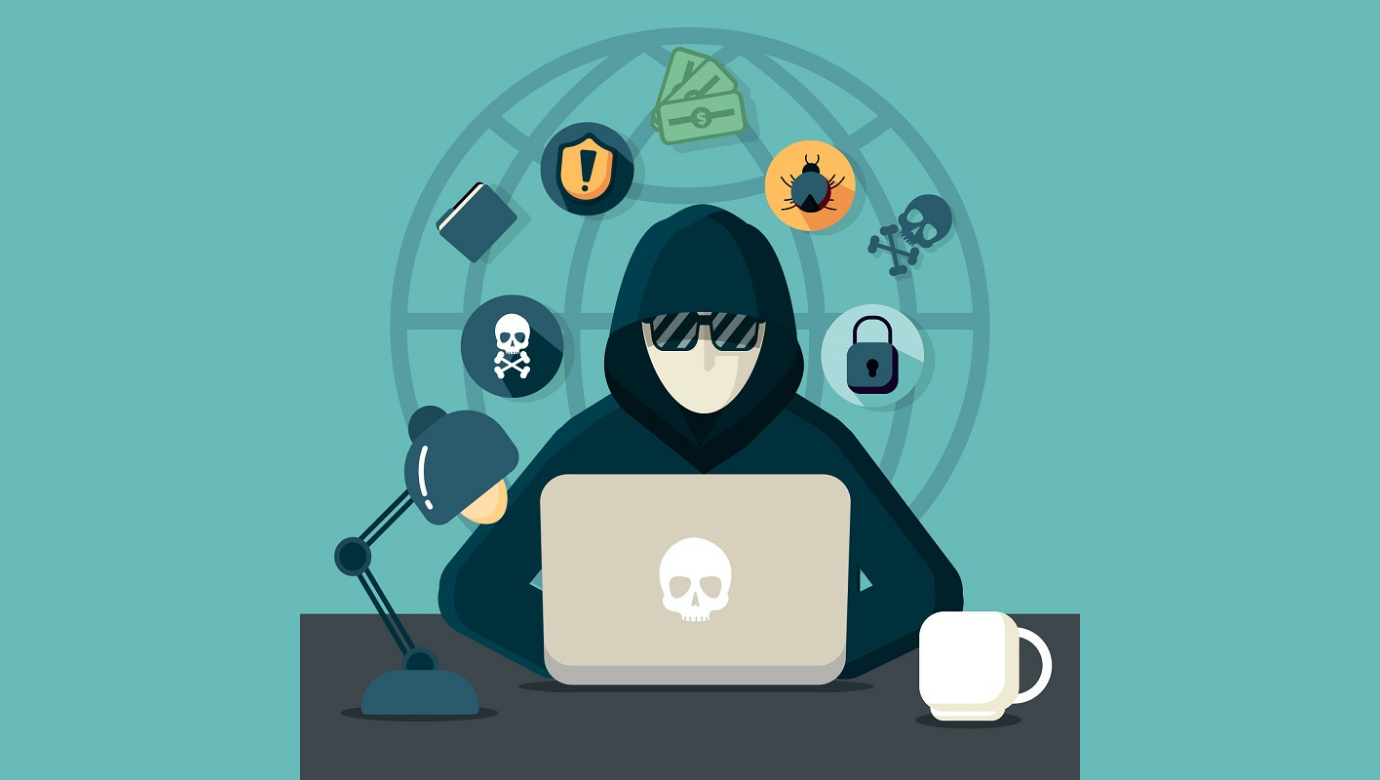
However eradicating cybercrime and guaranteeing total internet security might not be achievable, businesses may lessen their vulnerability to it by keeping an efficient cybersecurity plan in place and adopting a defense-in-depth strategy to secure systems, networks, and data.
The following actions can lower the risks of cybercrime:
- Create clear policies and processes for the company and its personnel.
- To complement these rules and processes, develop strategies for responding to cybersecurity incidents.
- Describe the security procedures in place to secure company data and systems.
- Utilise physical security keys or two-factor authentication (2FA) applications.
- Turn on 2FA whenever it's feasible for each online account.
- Speak with a financial manager to formally confirm the legitimacy of any demands to deliver money.
- Establish intrusion detection system (IDS) rules that notify users to emails with similar extensions to those used by the firm.
- Recurrent cybersecurity policies and procedures training for staff, including what to do in the case of security breaches.
- Maintain all software release updates or patches on websites, endpoint devices, and systems, and
- Frequently backup data and information to lessen the impact of a ransomware attack or data breach.
I believe you comprehend the idea of cybercrime and the methods of prevention. We must all comprehend these concepts and the mentality of the attacker if we want to prevent the current global threat from affecting you. Thank you. Happy Hunting!

Subscribe to my newsletter
Read articles from Ninad Ingale directly inside your inbox. Subscribe to the newsletter, and don't miss out.
Written by

Ninad Ingale
Ninad Ingale
Electronics Engineer and Technophile with the ability to decipher subtle and nameless notions.